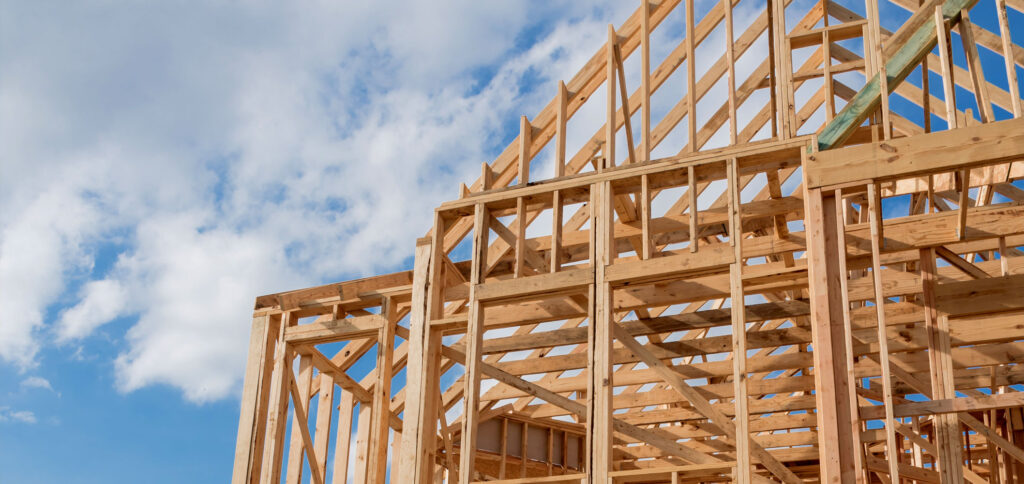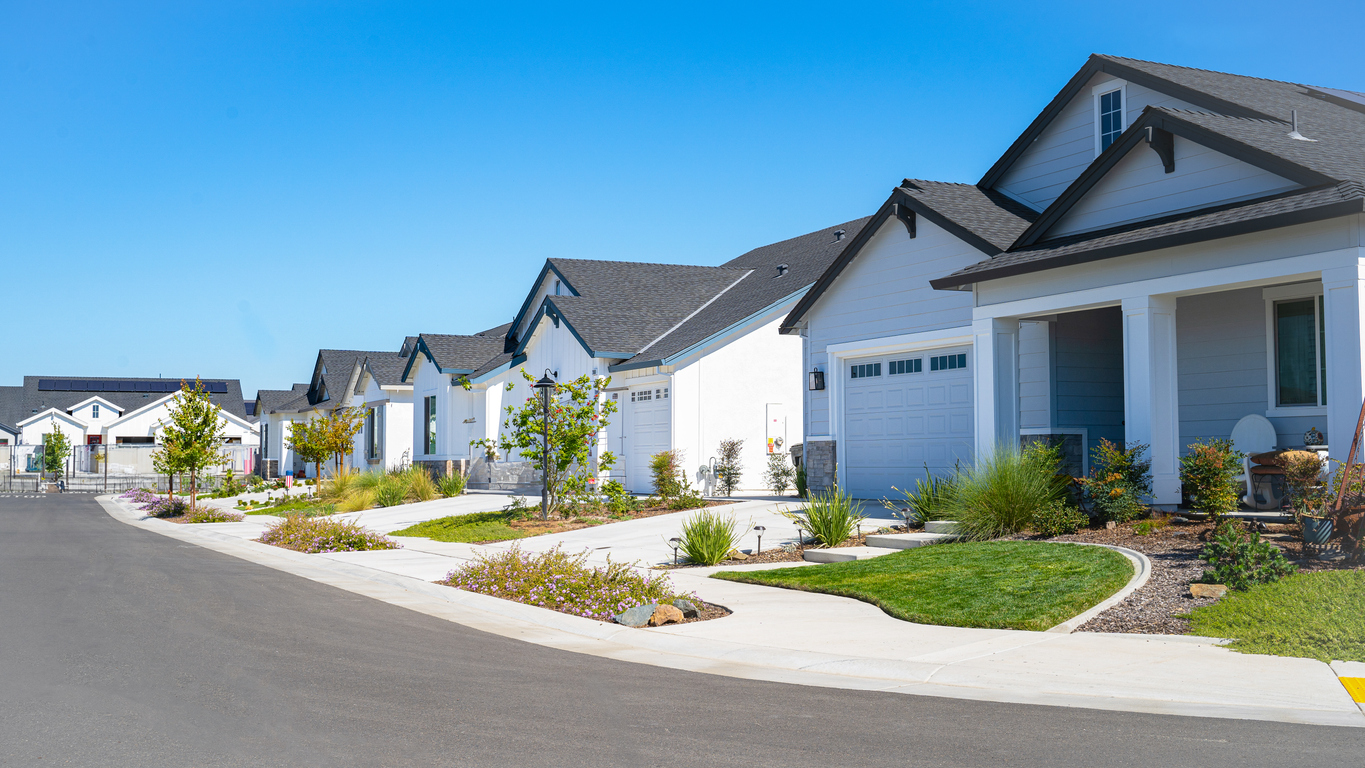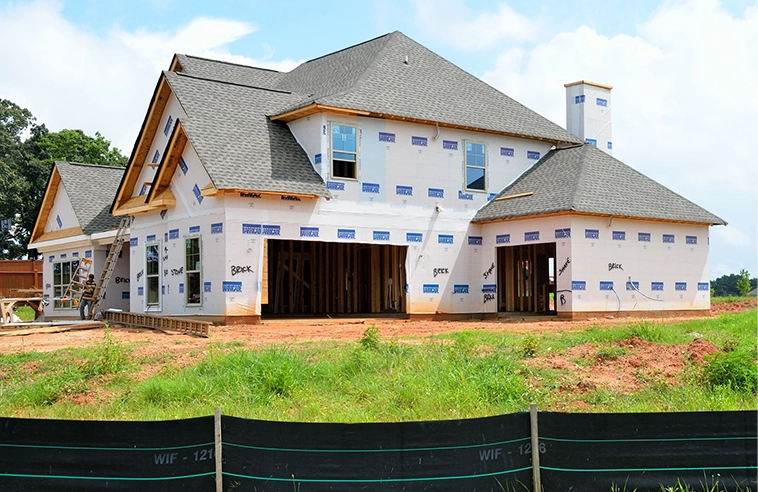Rising building prices – Why? And, is there an end?
What goes up, must come down is the law of gravity and a quotation attributed to Sir Isaac Newton. The law seems to be irrelevant when it comes to the price of building materials, however. Those waiting/hoping/expecting the costs of building materials to come down from their meteoric rise may be disappointed as rates continue to climb.

Unprecedented rise
The National Association of Home Builders (NAHB) reported on the recent press release. According to the release, the price of residential construction materials rose 1.4% in March after going up 2.2% in February and 4.1% in January. Added up, 2022 has already seen building materials rise by nearly 8%. The NAHB notes that “Year-over-year, building materials prices increased 20.4% and have risen 33% since the start of the pandemic.” Note that this figure does not include the recent increase in energy prices, which would surely drive construction price increases up even further.
The same report noted the prices for services inputs to residential construction registered a 14.5% increase since January. “Year-over-year, the index increased 18.5%. Counting since the start of the pandemic, services prices are now 39% higher.” The increase is historic – the highest level in 50 years.
Why are prices rising?
The prices of many items (beyond construction) have risen dramatically since the pandemic began. The pandemic is a major factor (more on that below). However, the issue of rising construction prices precedes the pandemic.
Consider this from an October 2018 Associated General Contractors of America (AGC) article: “The cost of many products used in construction climbed 7.4% over the past year due to double digit increases in commonly used construction materials,” according to an analysis by the Associated General Contractors of America of new Labor Department data. They also noted that the “cost increases come as many construction firms are already grappling with shortages of skilled craftsmen essential for projects but have limited ability to increase prices for their services.” And this shows how dramatically prices have risen since for various construction materials 2016.
Economics can be boiled down to supply and demand. At the beginning of the pandemic, the expectation was that demand would slow. Yet, the unprecedented amounts of federal stimulus dollars enabled consumers to maintain and even increase demand. On the flip side, supply has been negatively impacted. Between shutdowns and increases in employee absenteeism and worker shortages, production has diminished.
To sum up, demand has increased, and supply has decreased. The result is rising prices. Throw in supply chain issues which led to completed materials not getting to market in a timely fashion, and supply has become even more constrained. While there are other factors, these are the primary factors contributing to rising prices.
Flying under the radar
A significant factor leading to the rise in residential construction materials has been underreported. The United States is in the middle of a housing shortage. And it’s not because of the pandemic.
Realtor.com chief economist Danielle Hale told CNBC, “The pandemic has certainly exacerbated the U.S. housing shortage, but data shows household formations outpaced new construction long before Covid.” The article continues, “Single-family home construction has been rising steadily since it bottomed in 2009 during the Great Recession. It is still not as high as it was just before the housing boom and is actually running at the slowest pace since 1995, according to the U.S. Census.”
CNBC cites research from Realtor.com that the United States is short 5.24 million homes. In 2019, aka pre-pandemic, the shortage was 3.84 million, so the shortage has grown by 1.4 million since the pandemic. This increase came as the pandemic caused a wave of people to leave city life and apartments/condos for the suburbs and single-family homes.
Demand for single-family housing is not slowing down. Millennials, who had generally seemed content to rent, have begun moving to the suburbs. They are a massive cohort, so if they continue to look to move to the suburbs and single-family homes, the shortage of such residential units will be exacerbated.
Surely developers will attempt to keep up with demand and build more homes, and the demand for residential construction materials will remain elevated. The question is, will supply be able to keep up? Based on the recent precedent, it does not seem likely it will, which means the price of materials could go even higher or remain at elevated rates.
When/how does the price increase end?
Pundits at ING and ForConstructionPros.com predict prices will moderate and decline slightly by the second half of 2022. The main reasons behind the predicted moderation and decline are the fading effects of the pandemic and recalibration of the supply chain.
With the pandemic easing and shutdowns seemingly (hopefully!) over, goods should be able to move more freely and predictably. Also, workers should be able to work regularly and avoid missing time due to illness, leading to increased production.
A happily-ever-after with prices coming off their highs and returning to more reasonable rates is far from assured. This is due to the housing shortage noted above. If builders meet the pent-up demand the need for materials will remain elevated. Suppliers will have to increase output for prices to decline.
A second upward pressure comes from the $1 trillion U.S. infrastructure bill that was signed into law in 2021. It will lead to a significant number of projects and corresponding demands. Some of the materials needed for infrastructure projects overlap with residential building materials.
Finally, there’s a potential downward pressure: interest rates. The Federal Reserve Board is raising interest rates. When rates will stop rising and where they will land is unclear. The Fed seeks to simultaneously slow inflation and avoid a recession. Higher interest rates will impact the demand for housing, since potential homeowners will have to pay more to service their loans.
So, what can we predict with certainty? Construction firms are paying more for residential building materials. It’s very likely that prices will stay elevated. On the positive side, prices may have neared their peak and could come down slightly. So, buckle up – the wild ride will continue.





Leave a comment